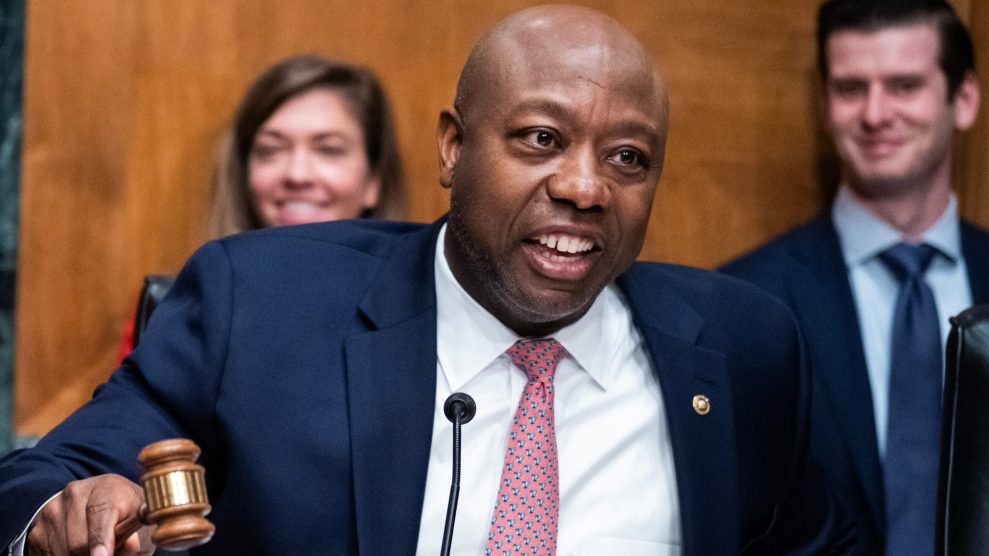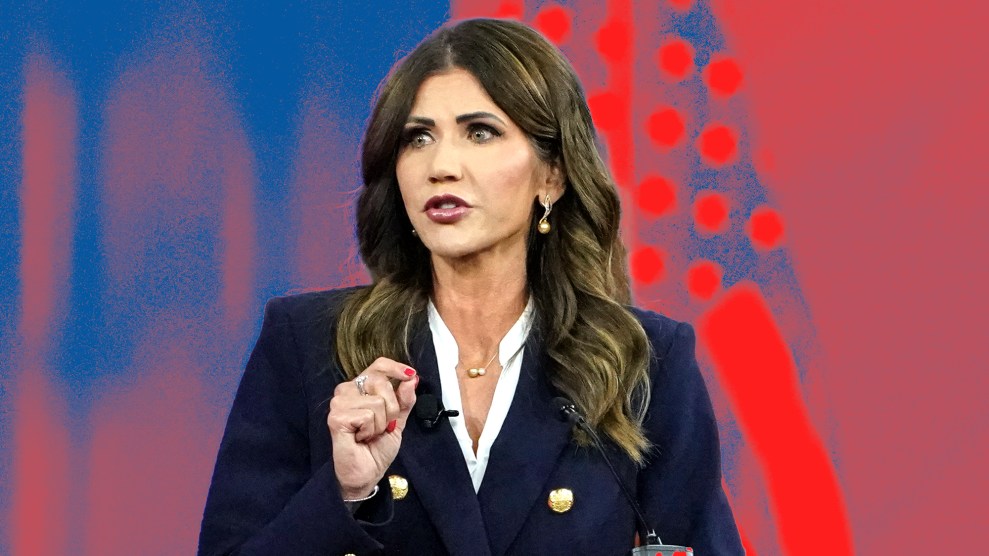Last fall, former New York governor Eliot Spitzer appointed a task force to address the state’s high rates of malpractice by hospitals and doctors. The task force was also charged with making recommendations for lowering doctors’ med mal premiums, which soared 14 percent last year. The insurance industry and doctors’ groups seized the opportunity to press for new restrictions on medical malpractice lawsuits, which they claim would reduce the premiums. As other states have learned, though, such limits usually only result in windfall profits for insurance companies while leaving injured patients with no recourse should their doctor, say, amputate the wrong leg.
Consumer groups in New York had long suspected Spitzer of siding with the doctors on this issue, largely because his brother is a downstate neurosurgeon. Their suspicions were confirmed when Spitzer stacked his medical liability task force with more than 20 representatives from the hospital, medical and insurance industries, while consumer protection and patient safety groups got just three spots. The consumer reps have largely been shut out of the task force deliberations, and despite repeated demands, they’ve been denied access to the insurance industry data, which supposedly justified the limits on lawsuits. Recently, the consumer members learned from local newspapers that the task force had drafted a major reform proposal that would be released soon. None of them had ever seen it.
Now that Spitzer has resigned, the groups are hoping his replacement, Governor David Patterson, will open up the process. In a letter today, representatives from NYPIRG, the Center for Justice and Democracy, the Center for Medical Consumers and others wrote Patterson, “We refuse to be mere window dressing, to be used as stage props to create the illusion of inclusion, while proposals that affect the life and safety of every health care consumer in our state are drafted in secret. We hope you will redirect the state’s efforts towards reducing the deaths and injuries caused by a tiny fraction of the state’s physicians, rather than enabling error, negligence, and malpractice to be subsidized by taxpayers.”
















